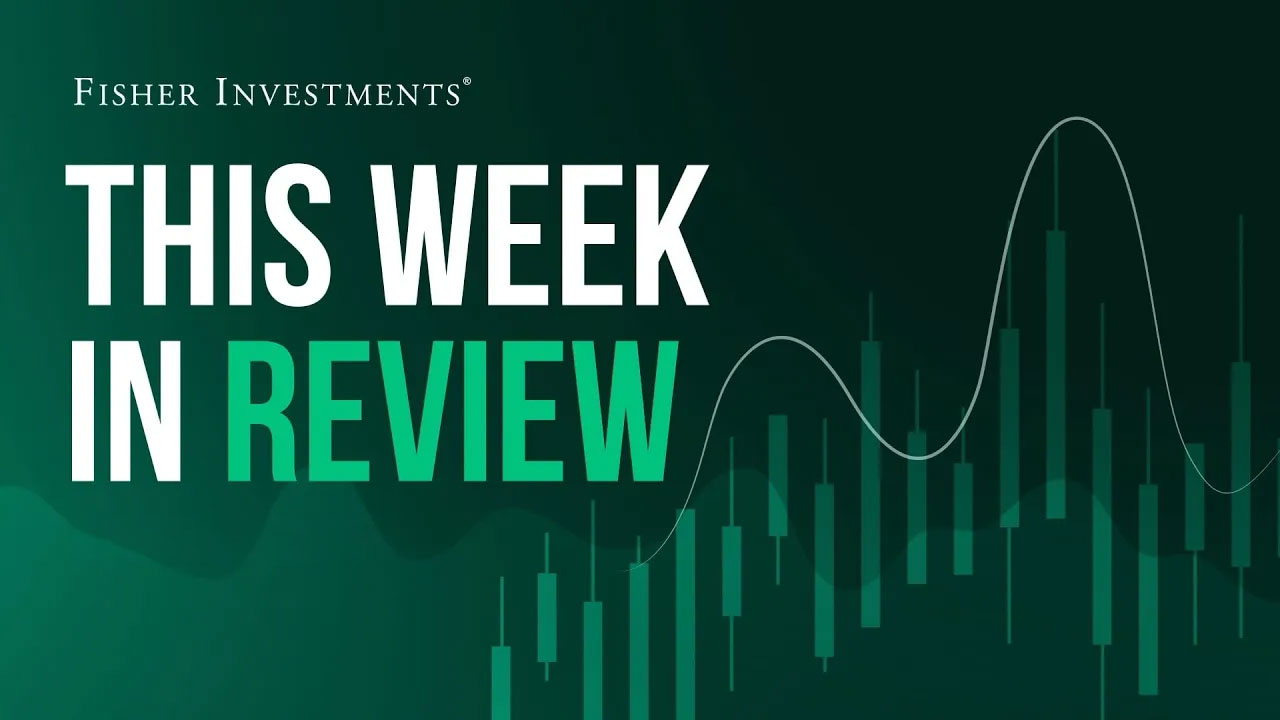Personal Wealth Management / Market Analysis
In Investing, Risks Differ but Never Disappear
“Safety” doesn’t exist.
Editors’ Note: MarketMinder doesn’t make individual security recommendations. The below merely represent a theme we wish to highlight.
The tragic Maui wildfires have wrought unspeakable damage and loss of life, so it seems rather perverse to focus on the stock market side of this situation. Yet focus there we will, briefly, because some in the financial press are now highlighting some repercussions that defy conventional wisdom about the Utilities sector—long considered “safe.” The recent performance of a local power company shows otherwise, much as a California utility did in the wake of the Paradise fire five years ago. Let this be a reminder that “safety” doesn’t exist in investing. Risks may vary, but they are omnipresent.
Utilities’ reputation stems from the sector’s traditionally defensive characteristics. Regardless of the economy’s ups and downs, people have to keep the lights on, the heat/air conditioner going and the water running. This makes Utilities revenues inelastic, if you will pardon the use of economic vernacular, which means demand doesn’t fluctuate all that much with changes in economic conditions. Therefore, the sector typically underperforms when times are good—when companies that can better capitalize on growing consumer and business demand tend to thrive—and outperforms when markets are pricing in tough economic times. It isn’t foolproof, but it is the general trend.
Defensive doesn’t mean safe—it just means countercyclical. But pundits often use “safe” as an incorrect shorthand synonym, which can lead people to forget Utilities companies face business risks just like any other company. California’s main power company, PG&E, proved this in 2018 when the authorities deemed its power lines culpable for the Paradise fires, leading to a financial settlement that contributed to its bankruptcy. Now investors seem to be pricing in a similar outcome for Hawaiian Electric, whose stock price is down over 60% since the fires hit Lahaina last week as investors weigh the likelihood that it will face penalties for its power lines’ and procedures’ contribution to the tragedy.[i] In the early 2000s, SoCal Edison and PG&E demonstrated a similar lack of “safety” when wholesale energy prices soared in a cost-capped environment.
Whenever you see any investment described as “safe,” dig in. Ask questions. Do research. Because “safe” doesn’t exist. The vast majority of investors consider US Treasurys safe, yet they are still subject to interest rate risk, inflation risk and other contributors to volatility. Default risk may be minimal, but that isn’t bond prices’ only driver. Before 2008, bank stocks had the reputation for being stodgy picks with safe high dividends. But the global financial crisis shattered that myth and most bank dividends along with it. If money market funds were truly “safe,” regulators wouldn’t be at their wits’ end trying to prevent the equivalent of bank runs on them during periods of market stress. People once called stablecoins “safe” because they are pegged to the dollar, but several recent blowups and apparent frauds disproved this. Even if some Utilities stocks don’t blow up, owning a lot of defensive stocks in a bull market can carry huge opportunity costs—a very real risk many disregard because the return you didn’t earn isn’t visible.
Every investment has risks. Those are unavoidable. The key is identifying those risks and weighing them against each other and the potential benefits. With cash, it is generally a tradeoff between liquidity and stability and the risks of inflation eating purchasing power. With stocks overall, it is generally a balance between short-term volatility and expected long-term return. And within stocks, it is a matter of identifying the risks and opportunities unique to industries and sectors and not simply accepting truisms at face value. Taking this approach will help you be savvier and more nimble, reducing the likelihood you get caught off guard the next time a company defies conventional wisdom.
With that out of the way, we want to express our sincere condolences to those who have suffered a loss in the Maui wildfires. The images of this tragedy struck us deeply and our hearts are with you all.
[i] “Hawaii Fires Turn a Safe Investment Into a Big Risk,” David Uberti, The Wall Street Journal, 8/18/2023.
If you would like to contact the editors responsible for this article, please message MarketMinder directly.
*The content contained in this article represents only the opinions and viewpoints of the Fisher Investments editorial staff.
Get a weekly roundup of our market insights
Sign up for our weekly e-mail newsletter.

See Our Investment Guides
The world of investing can seem like a giant maze. Fisher Investments has developed several informational and educational guides tackling a variety of investing topics.





